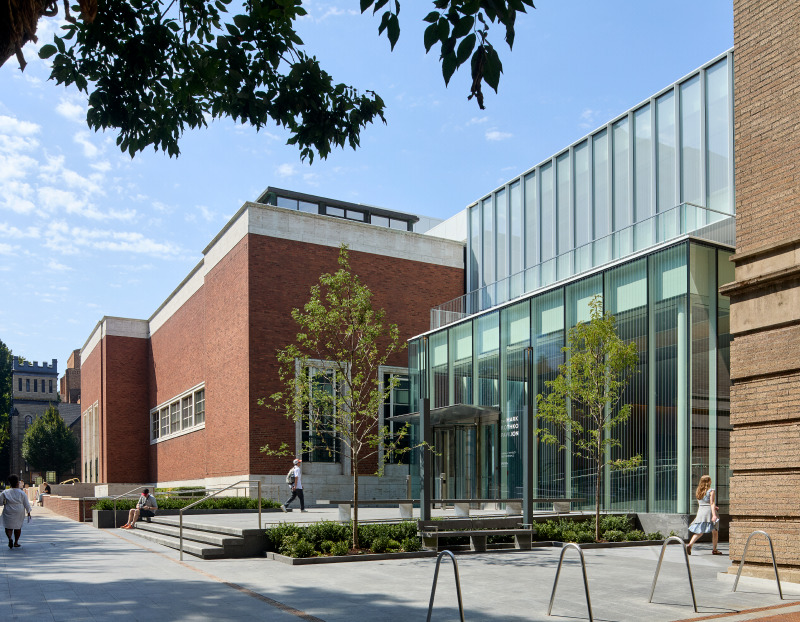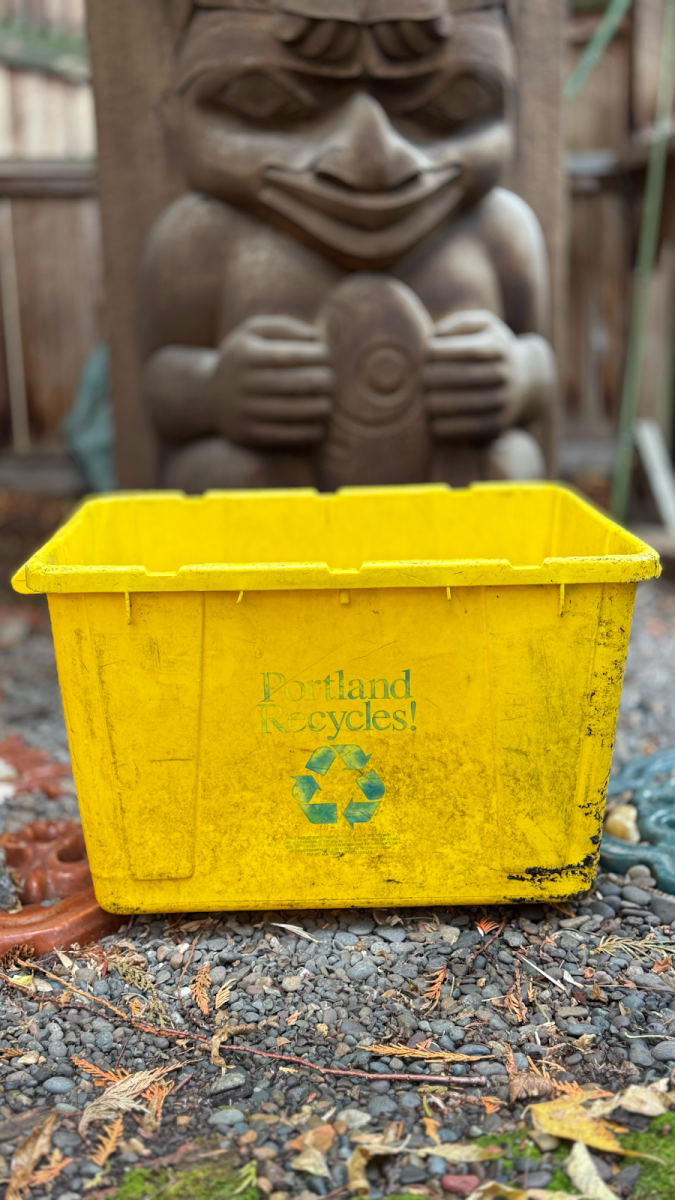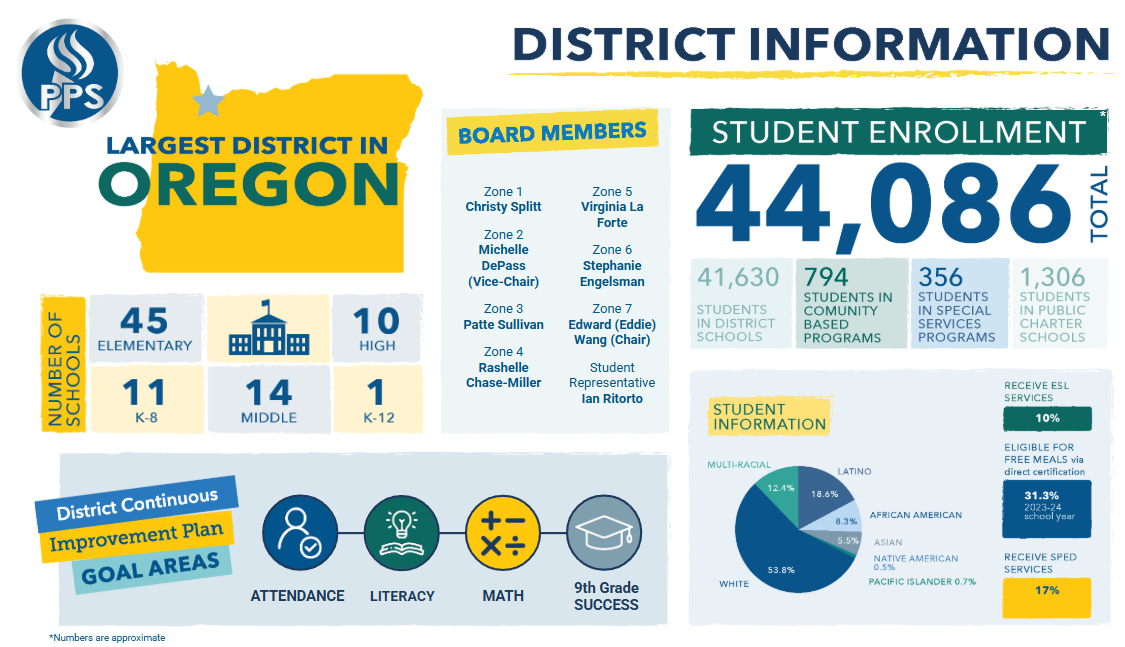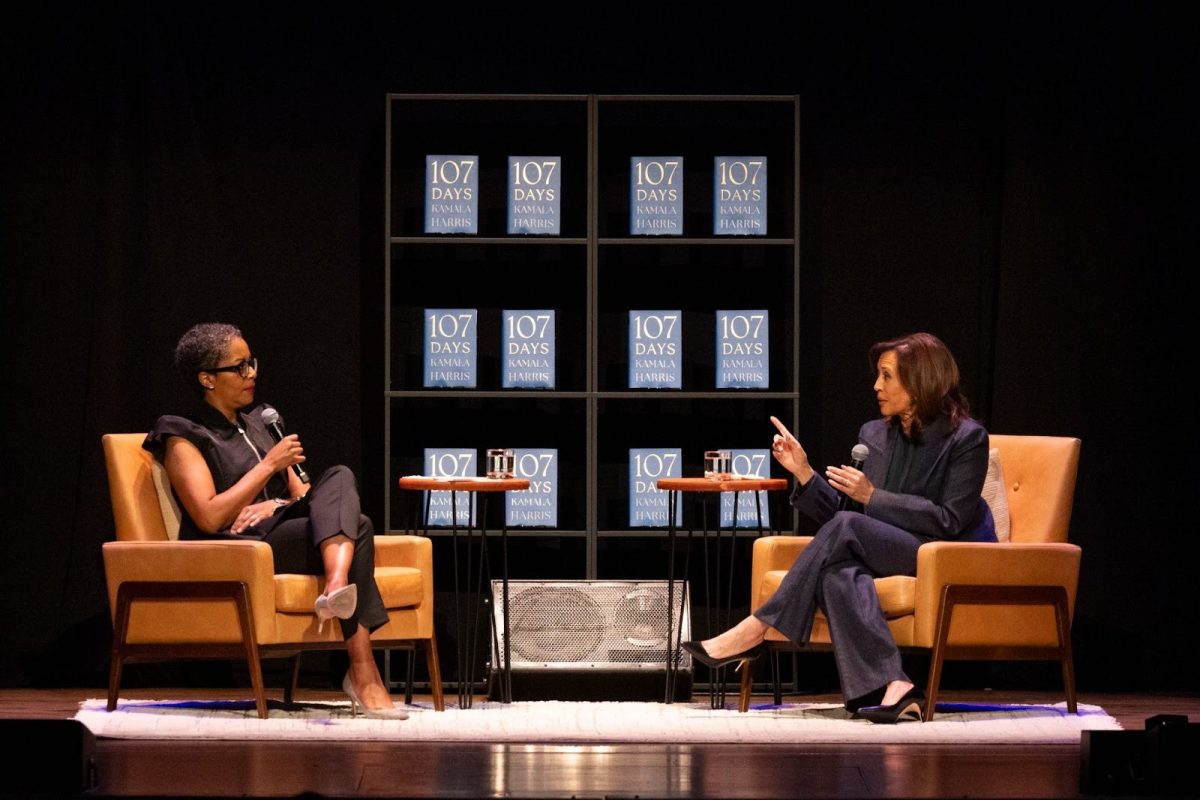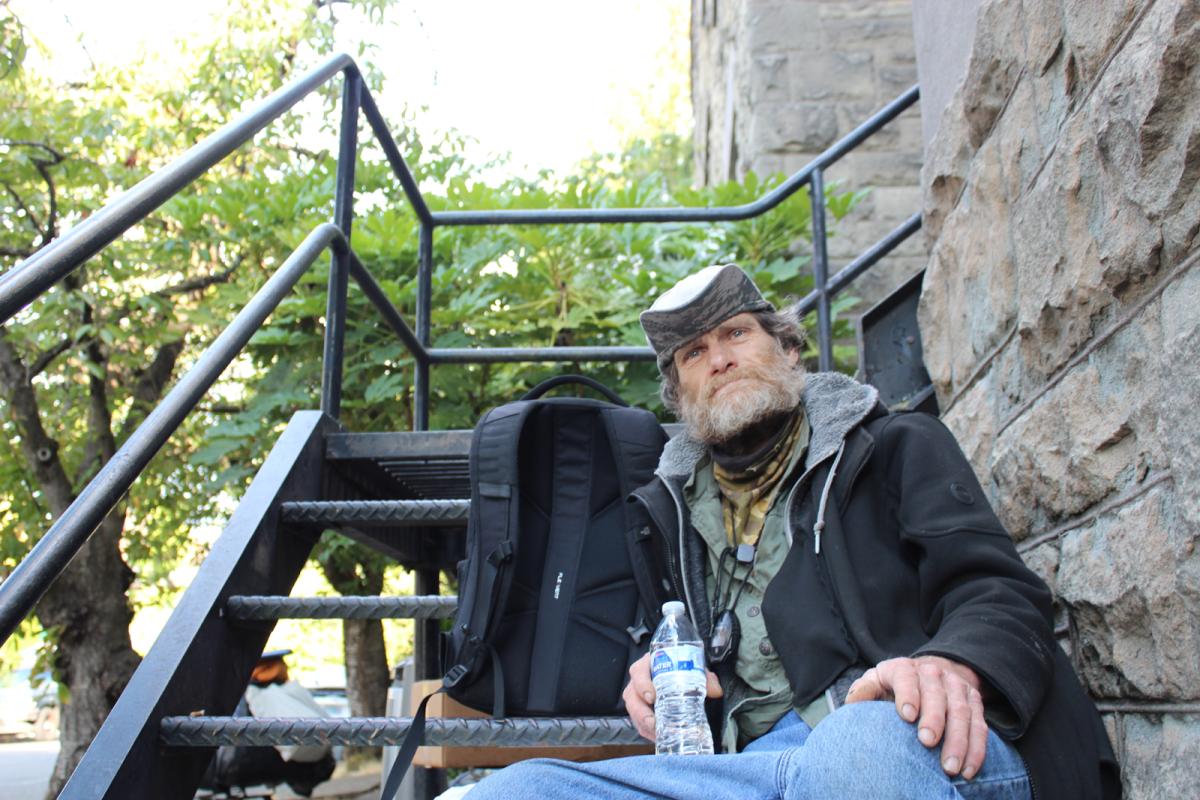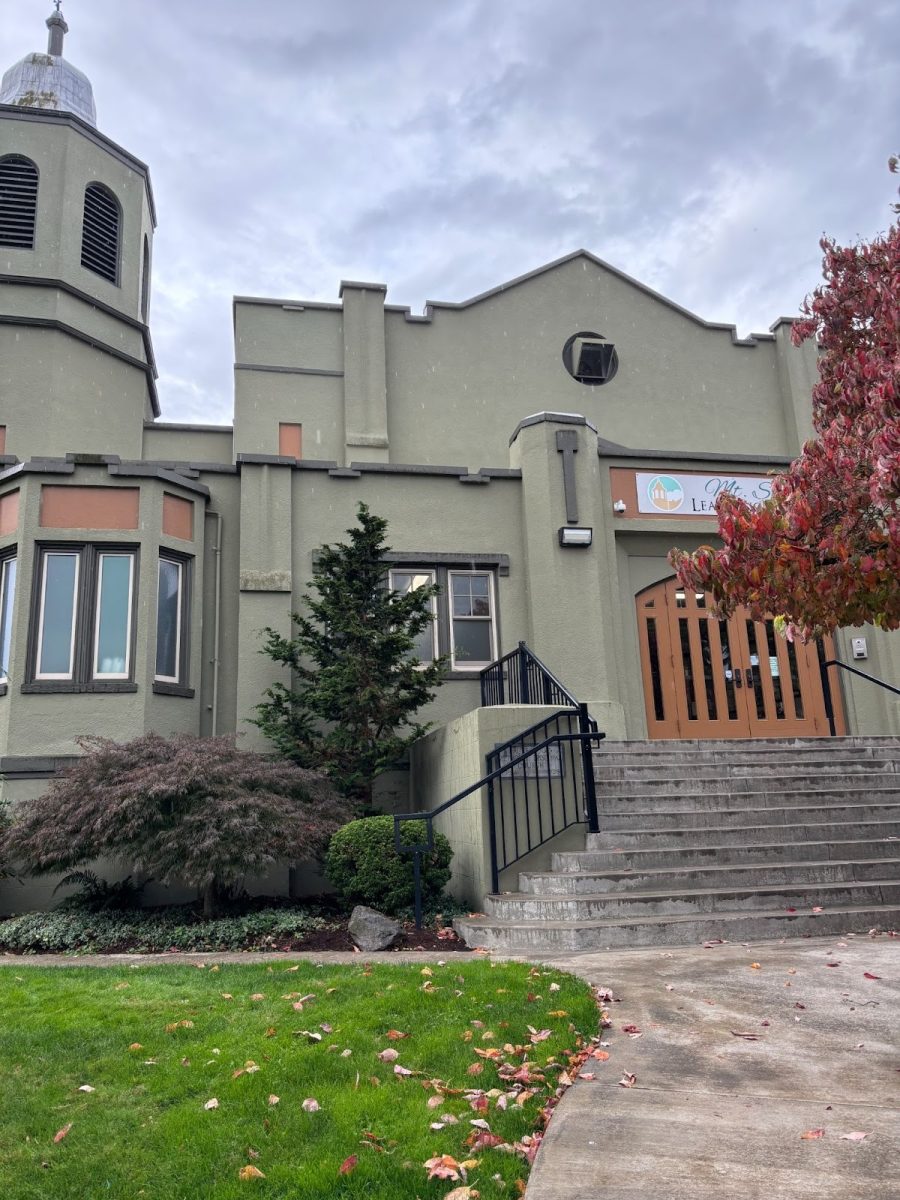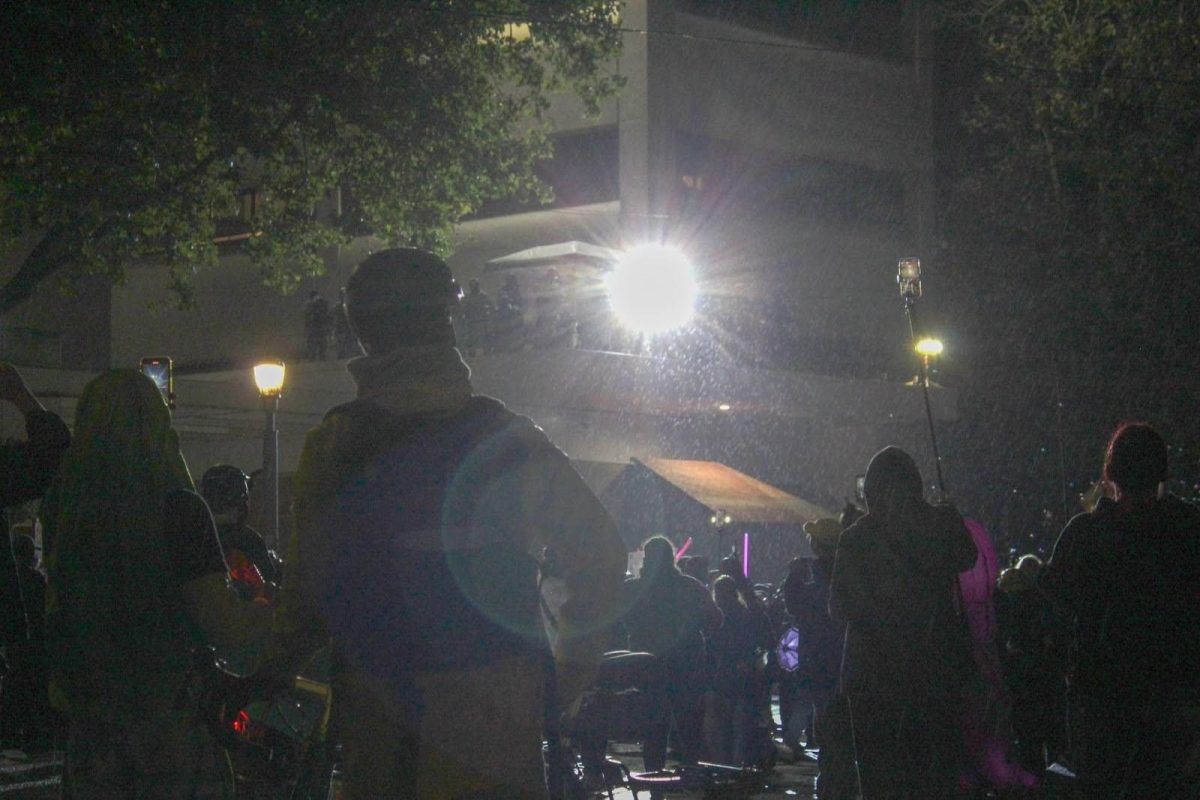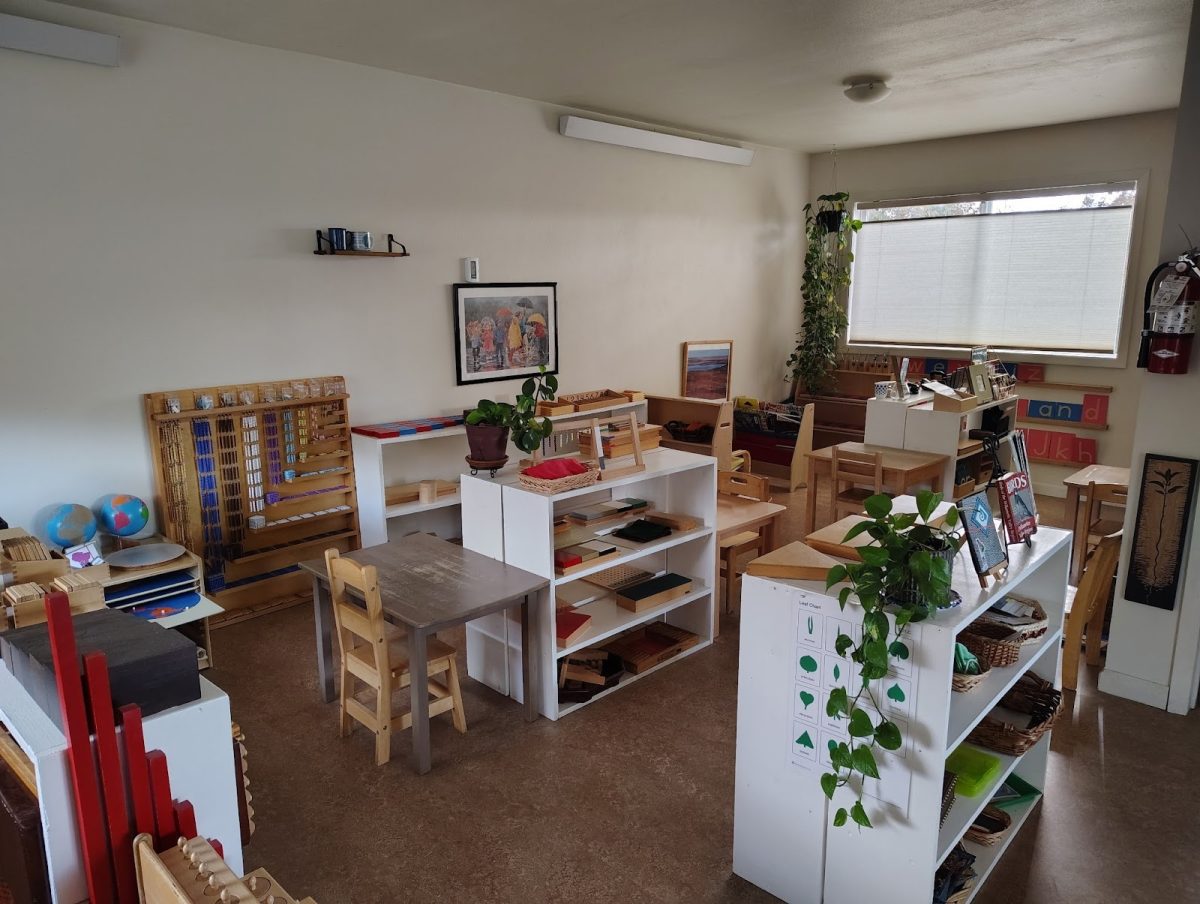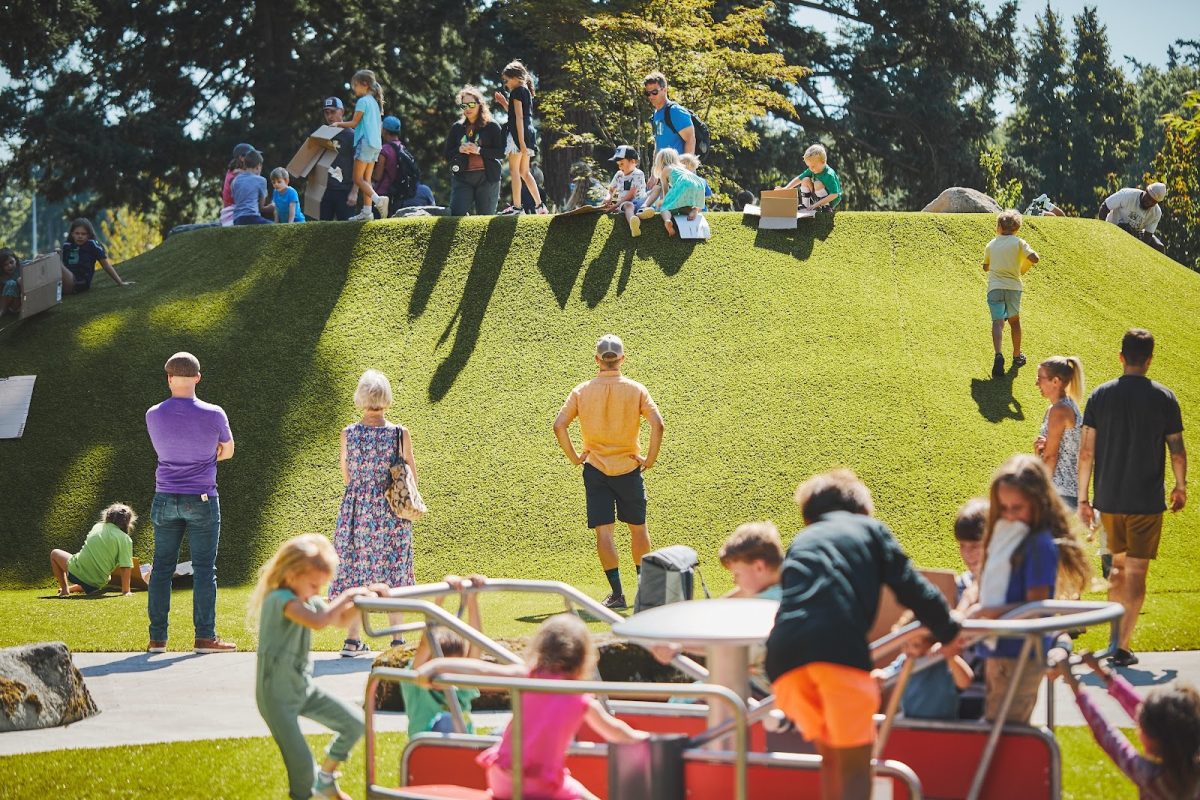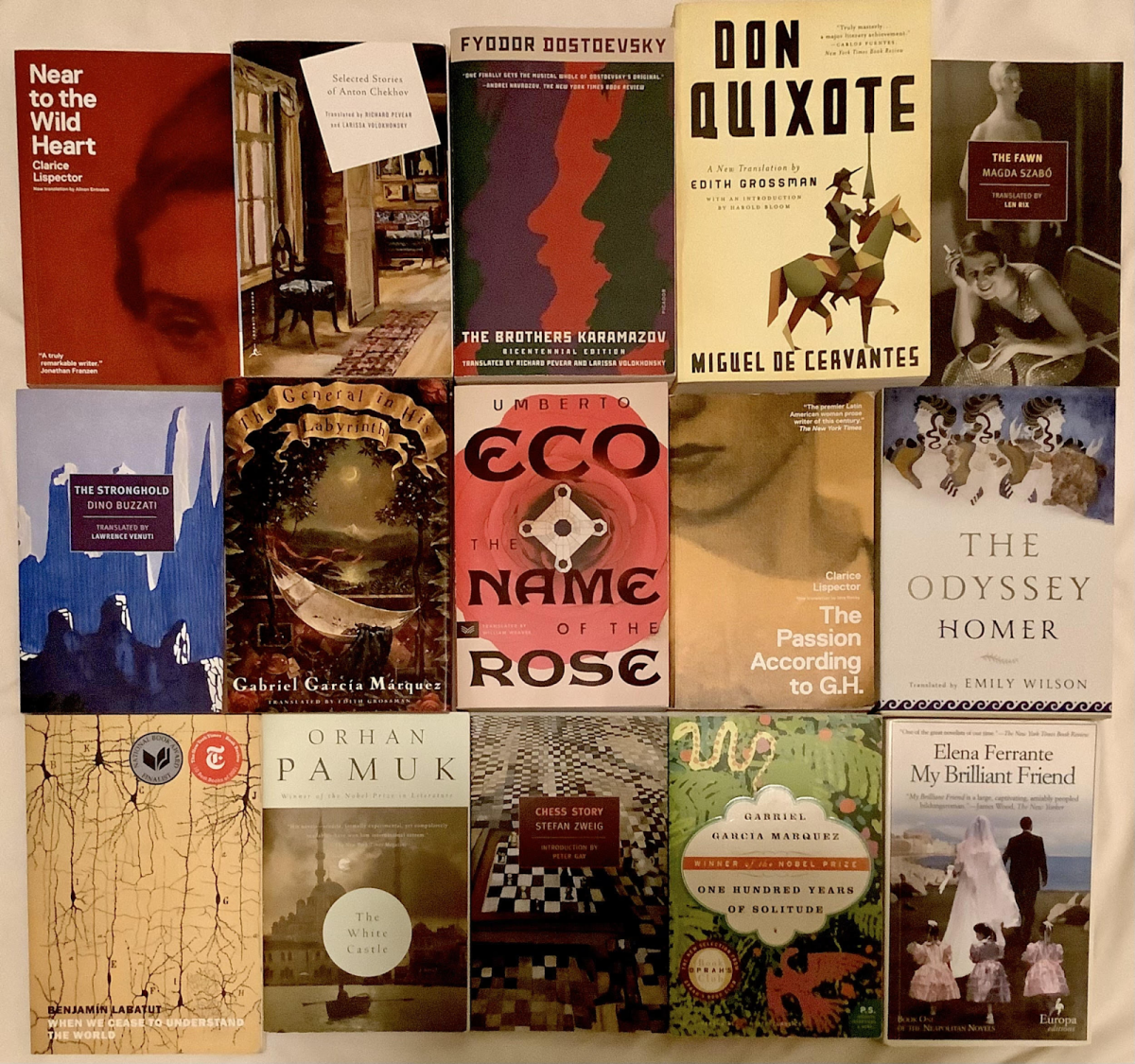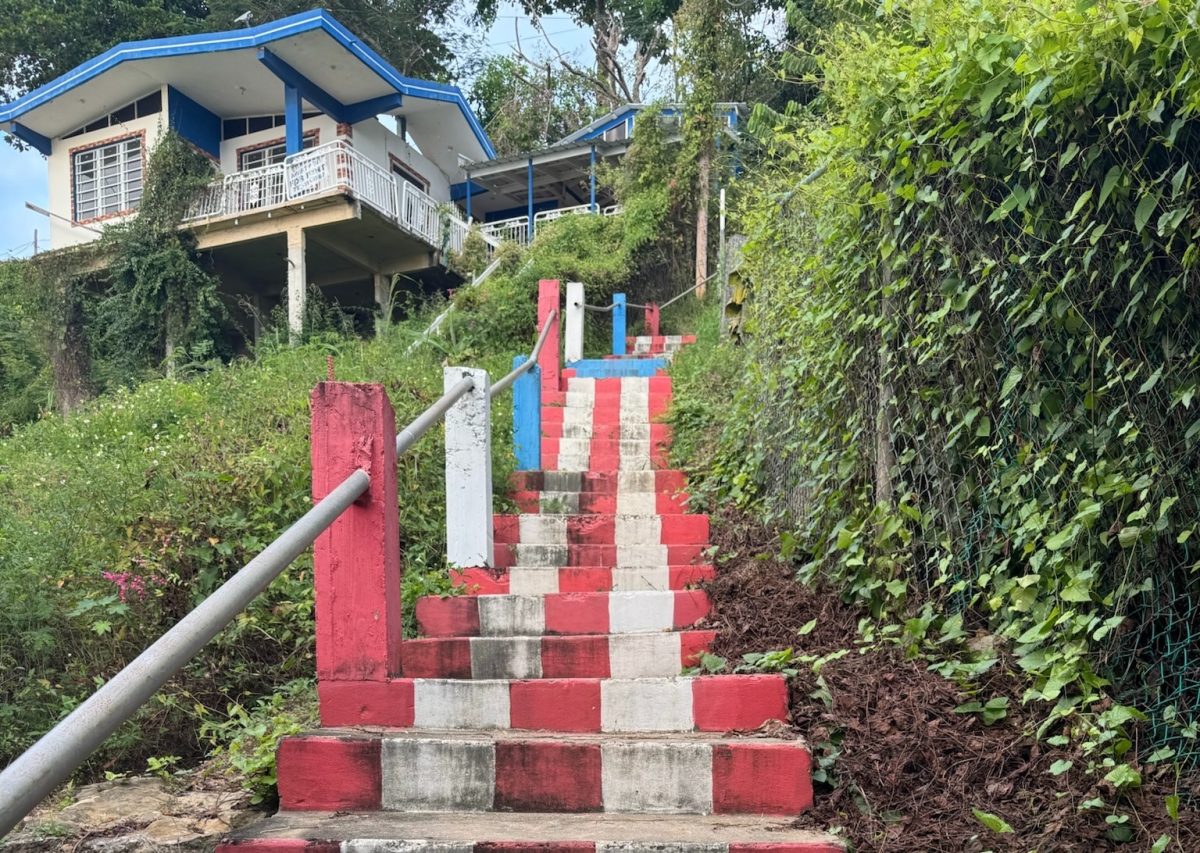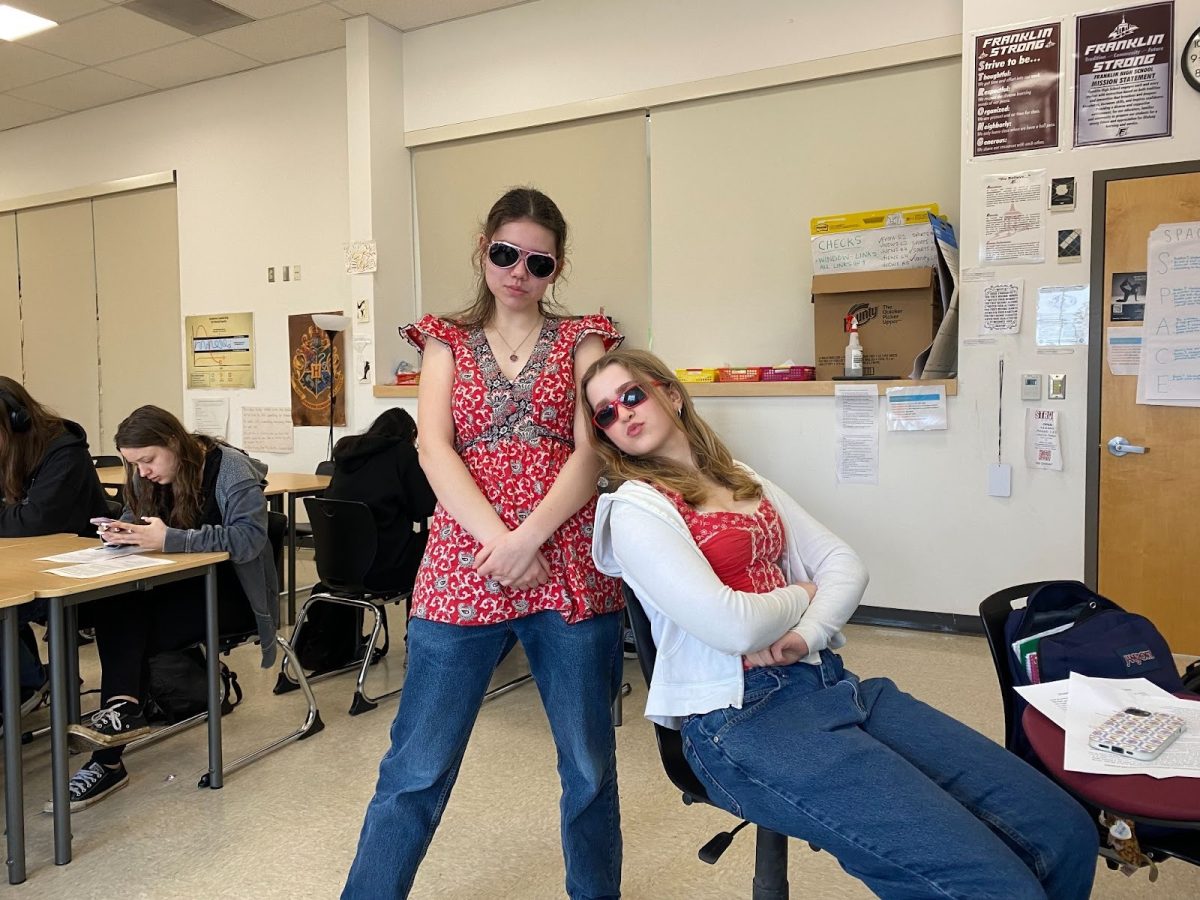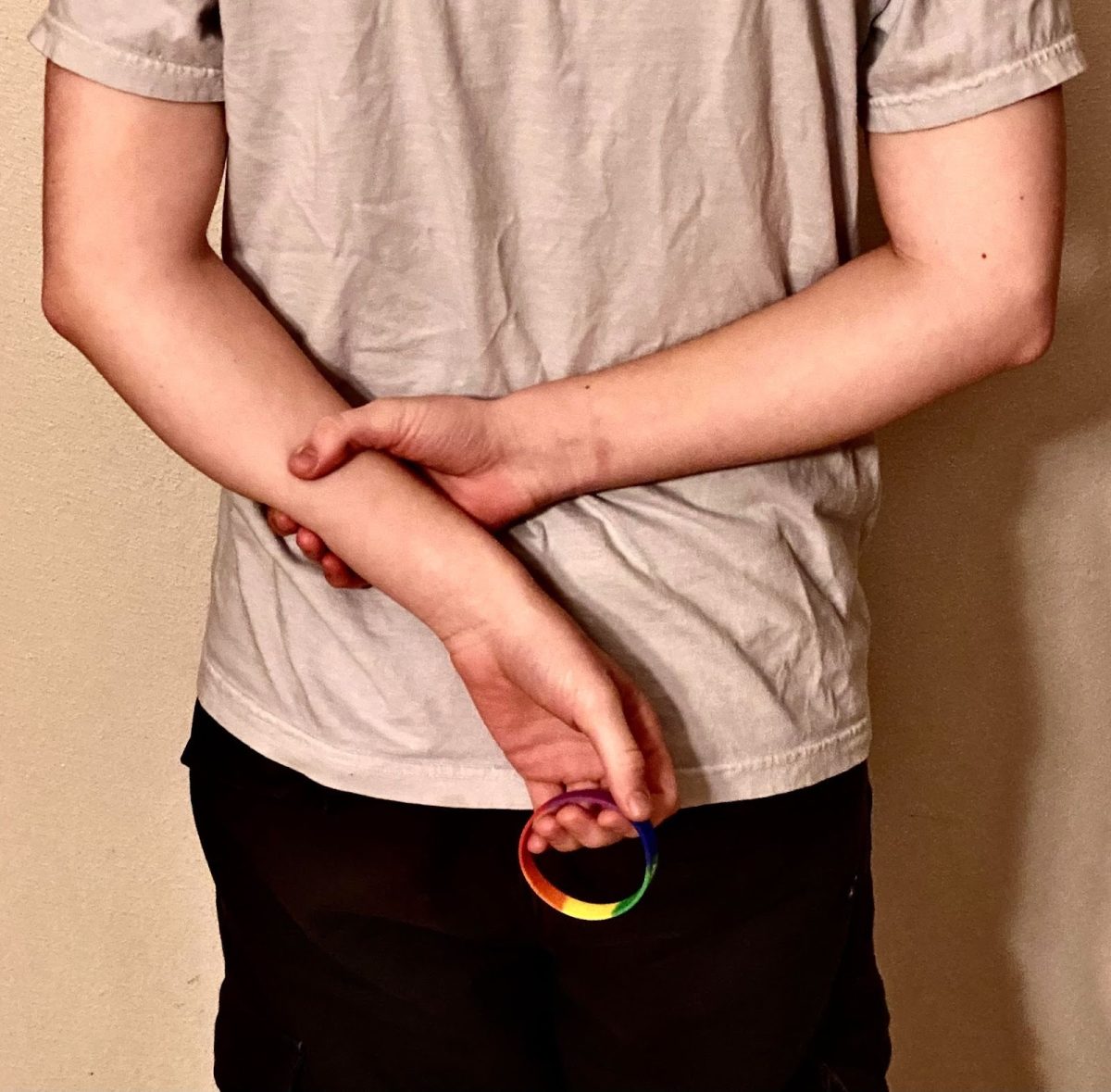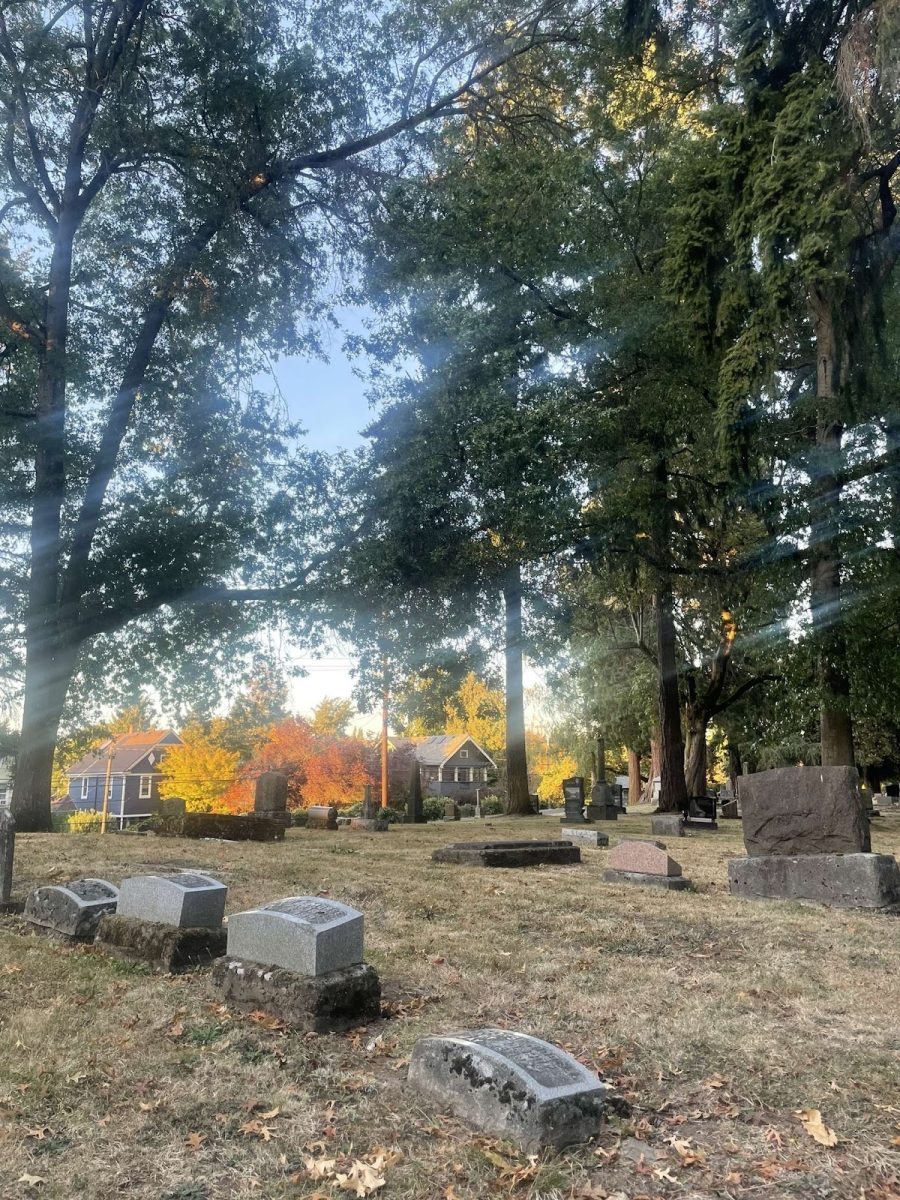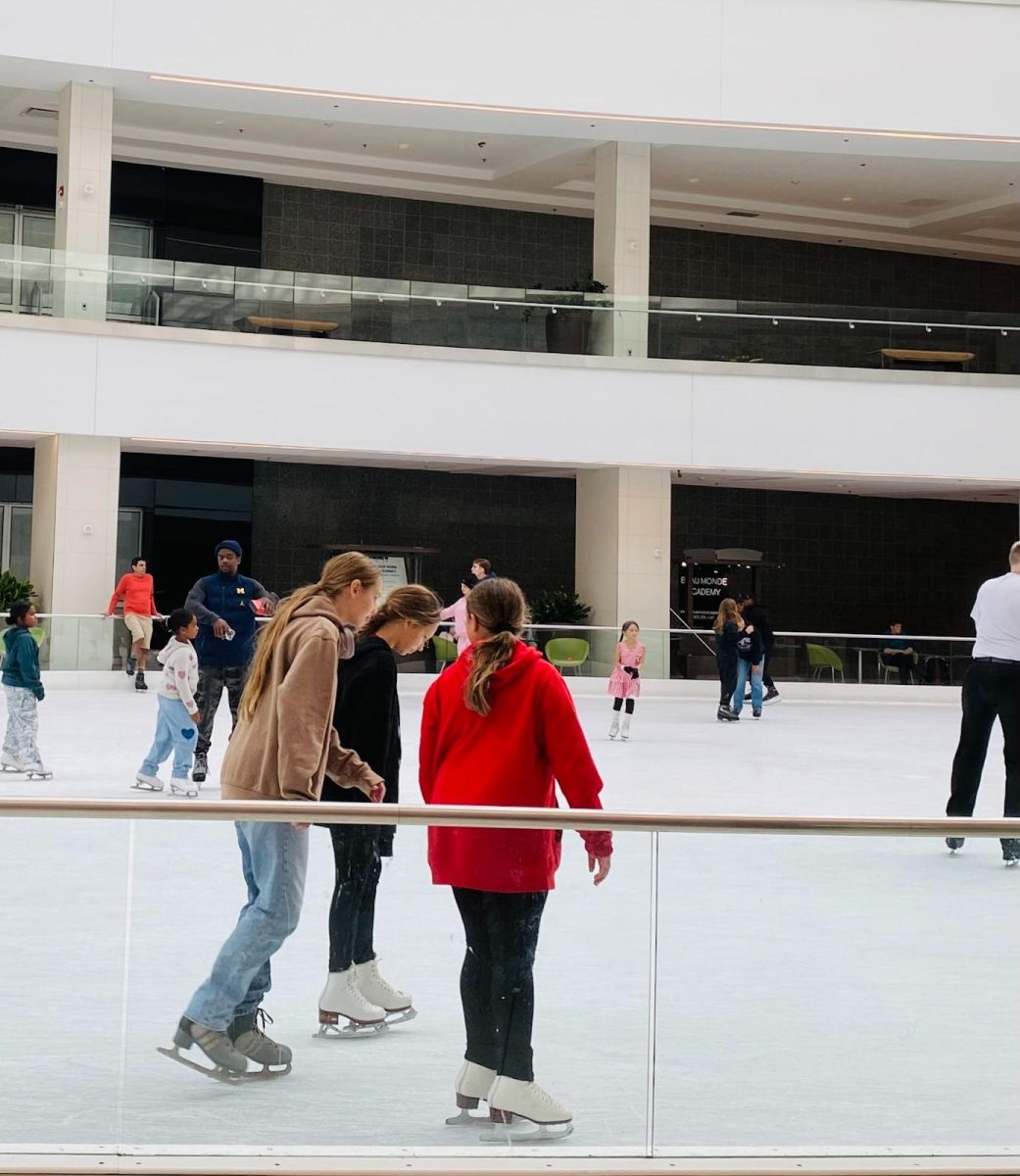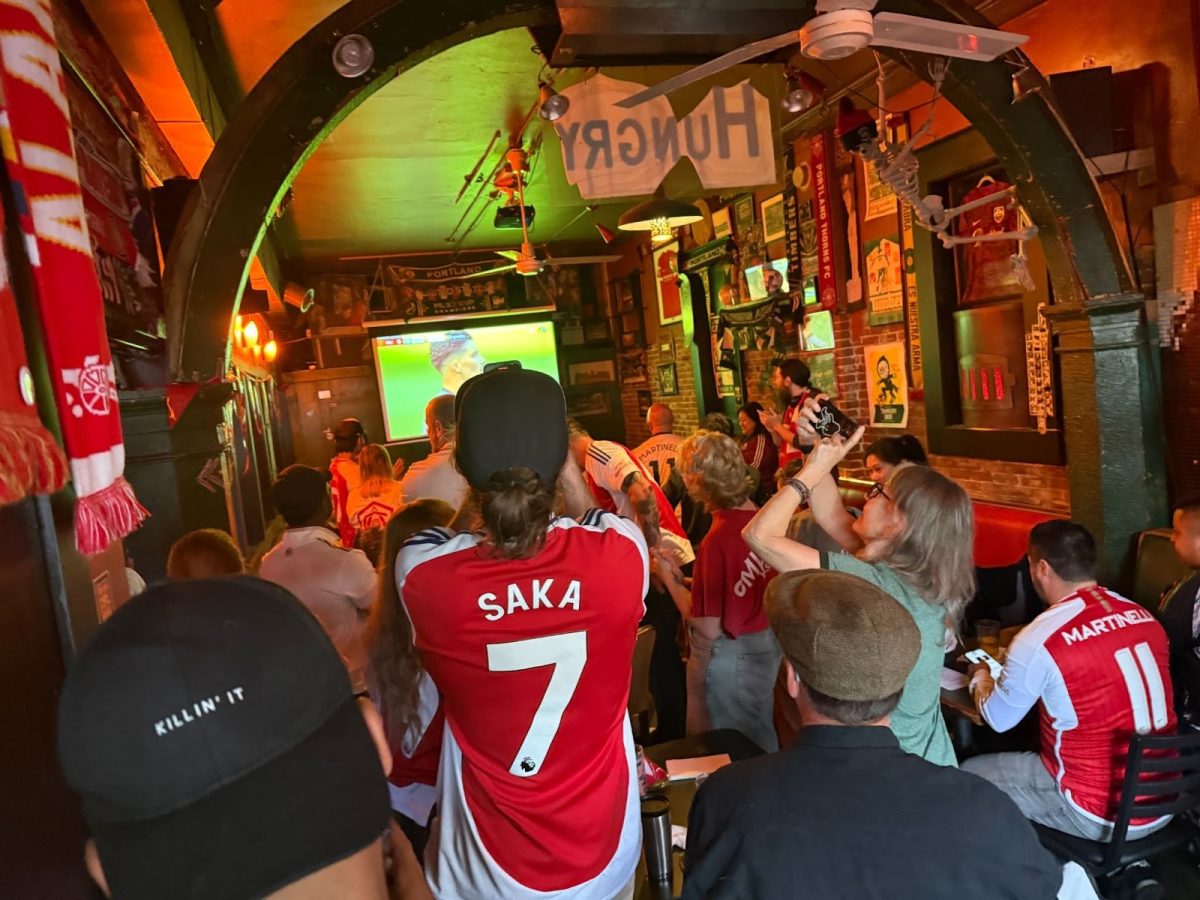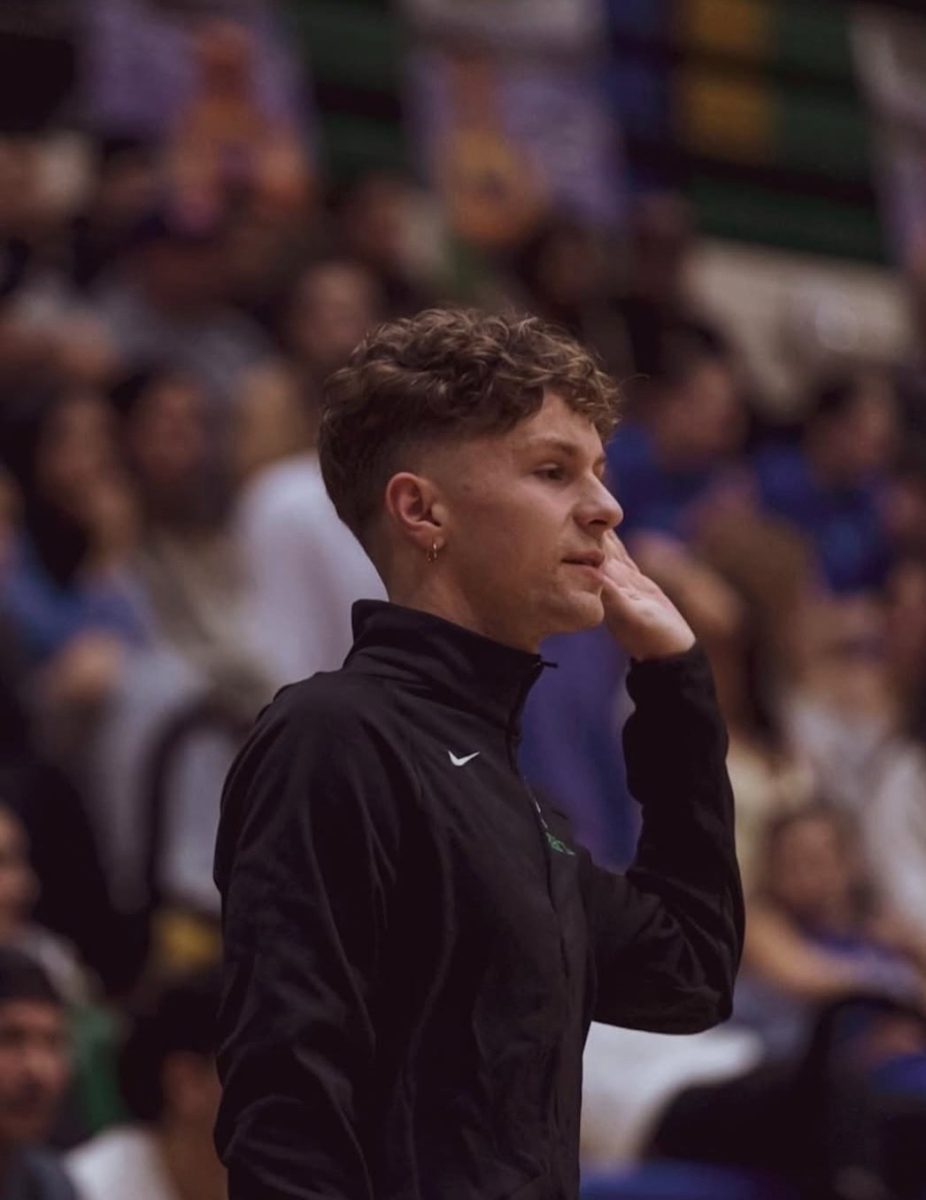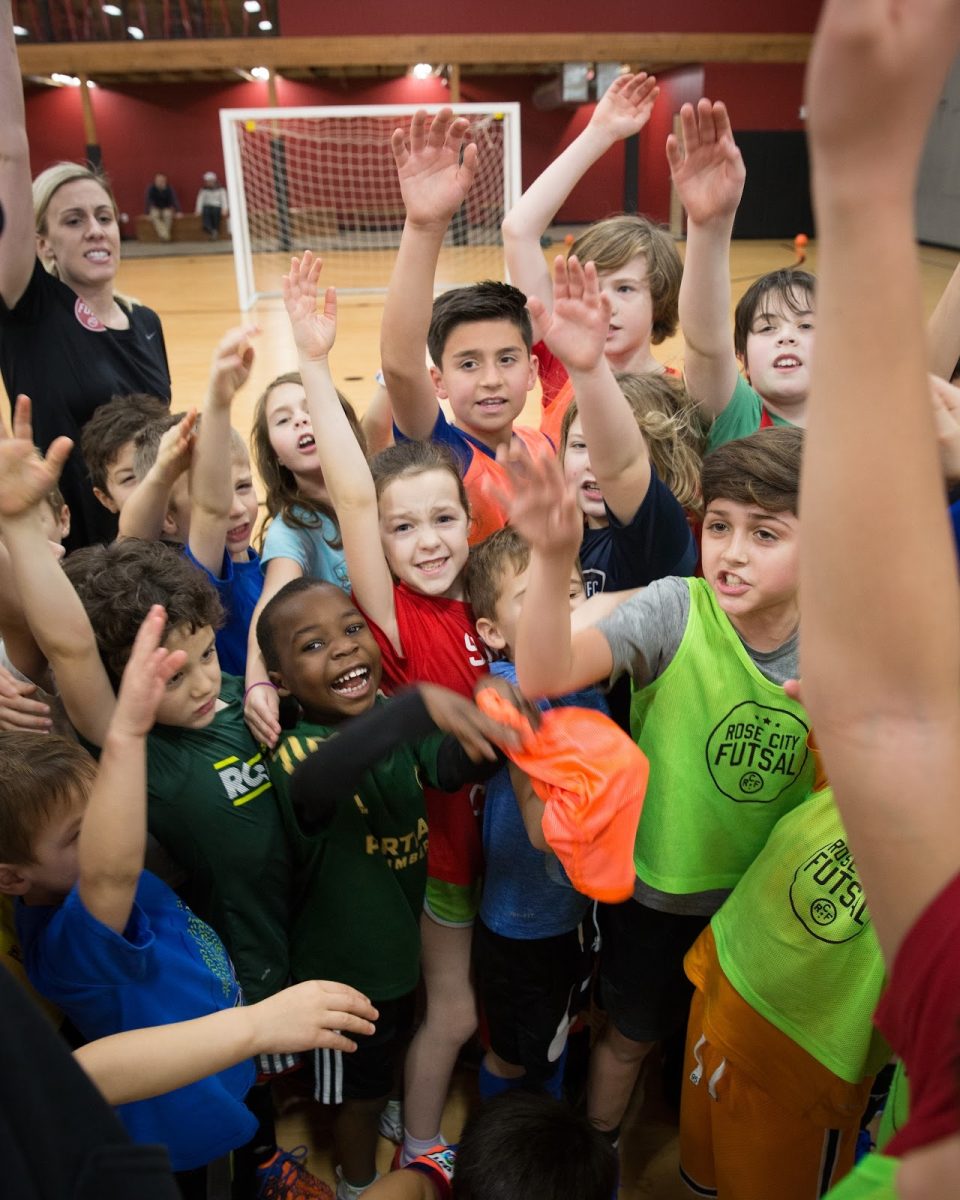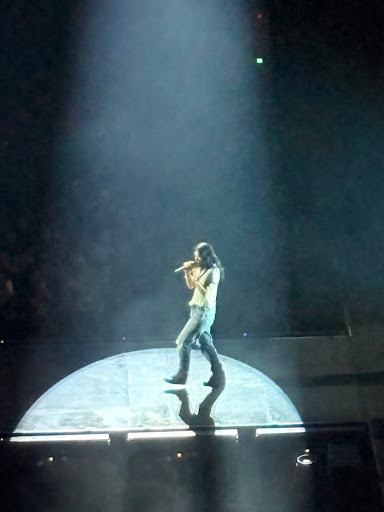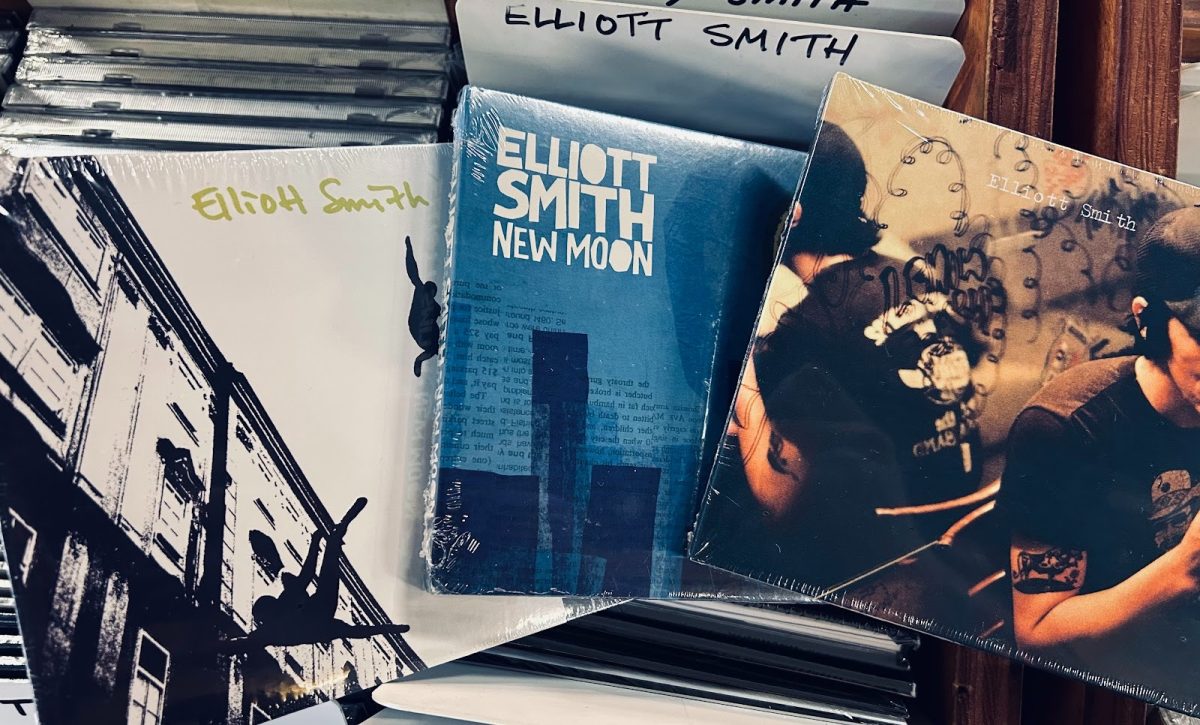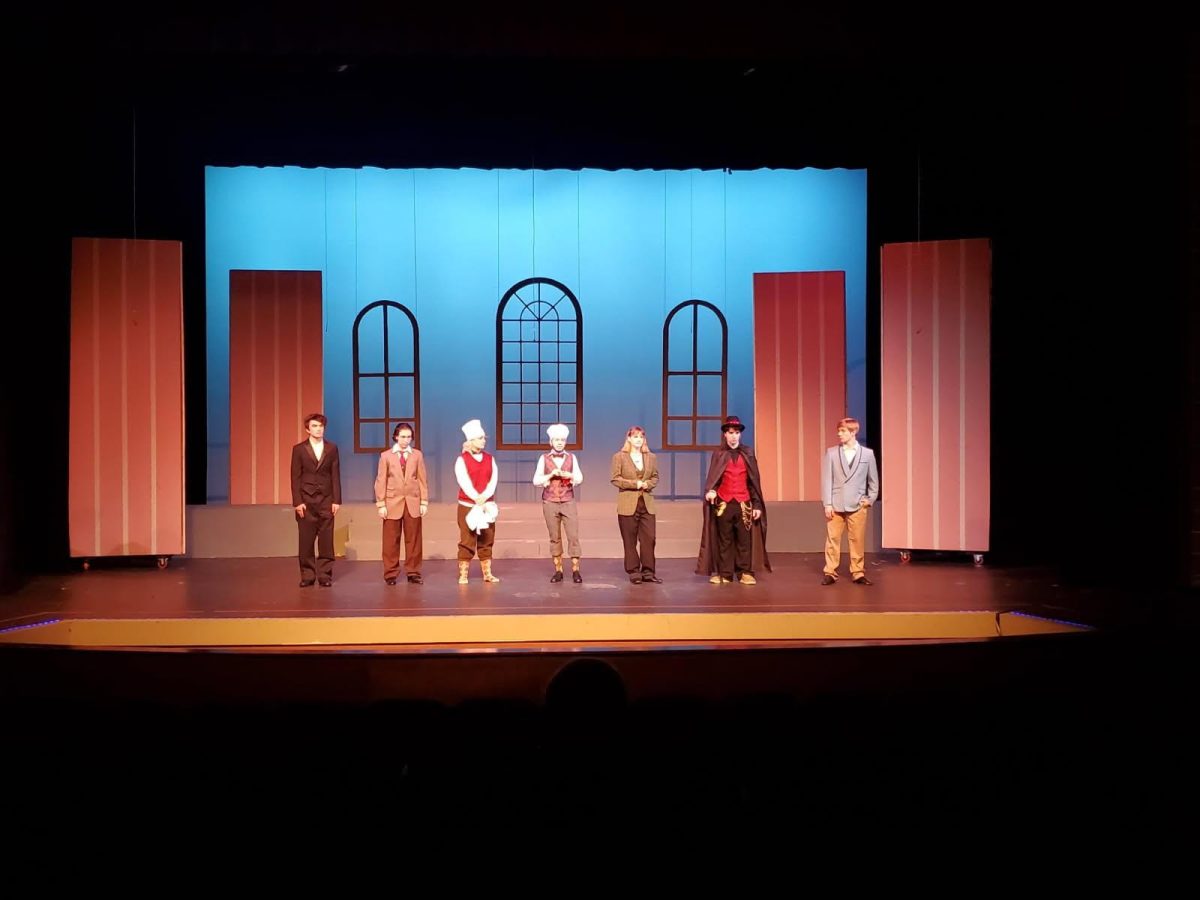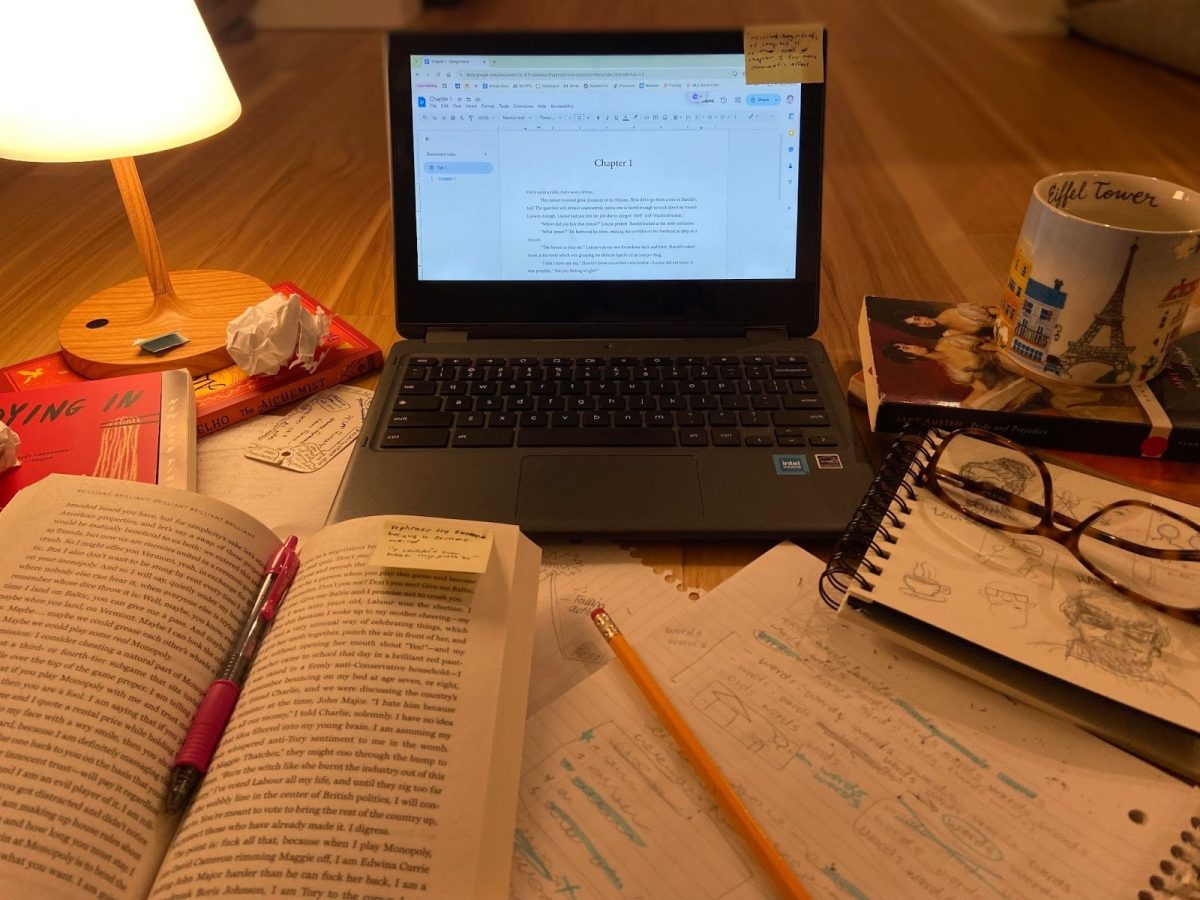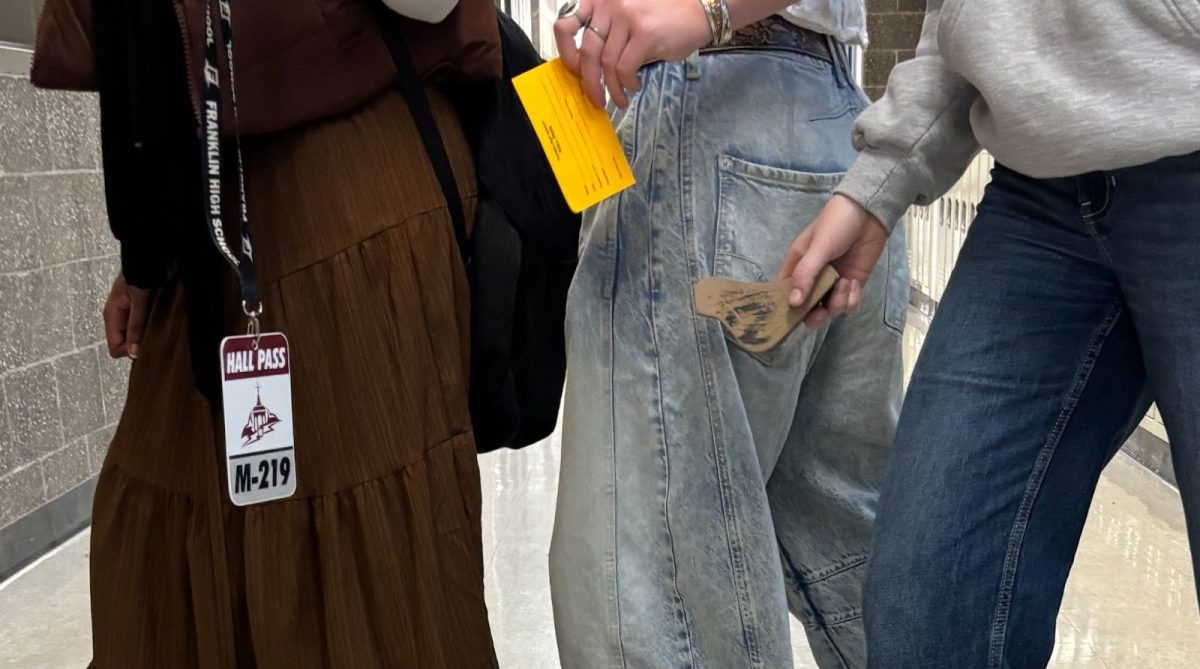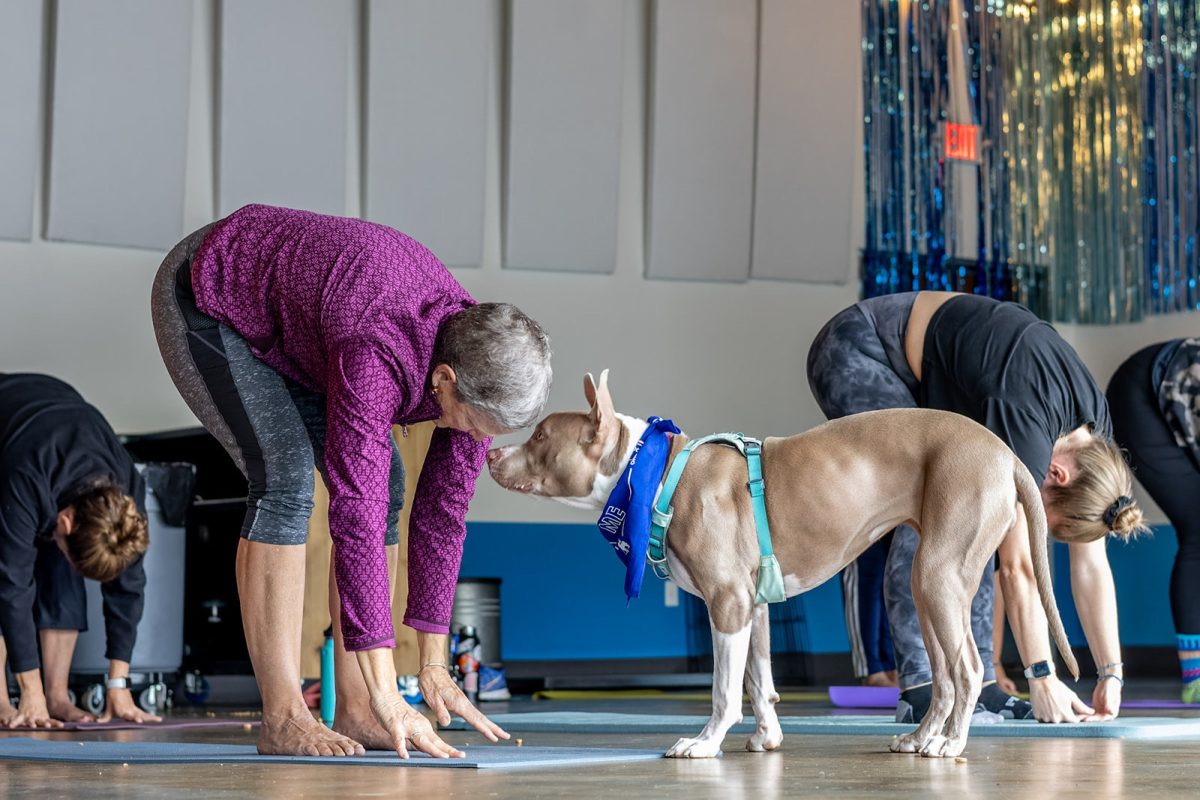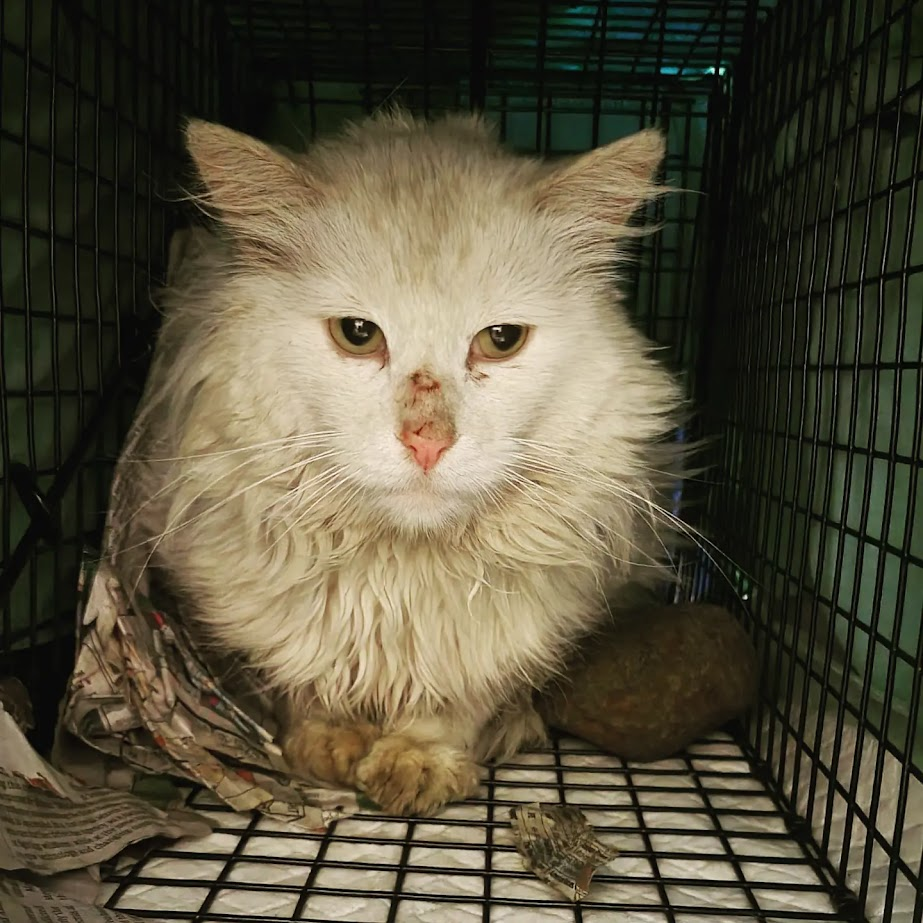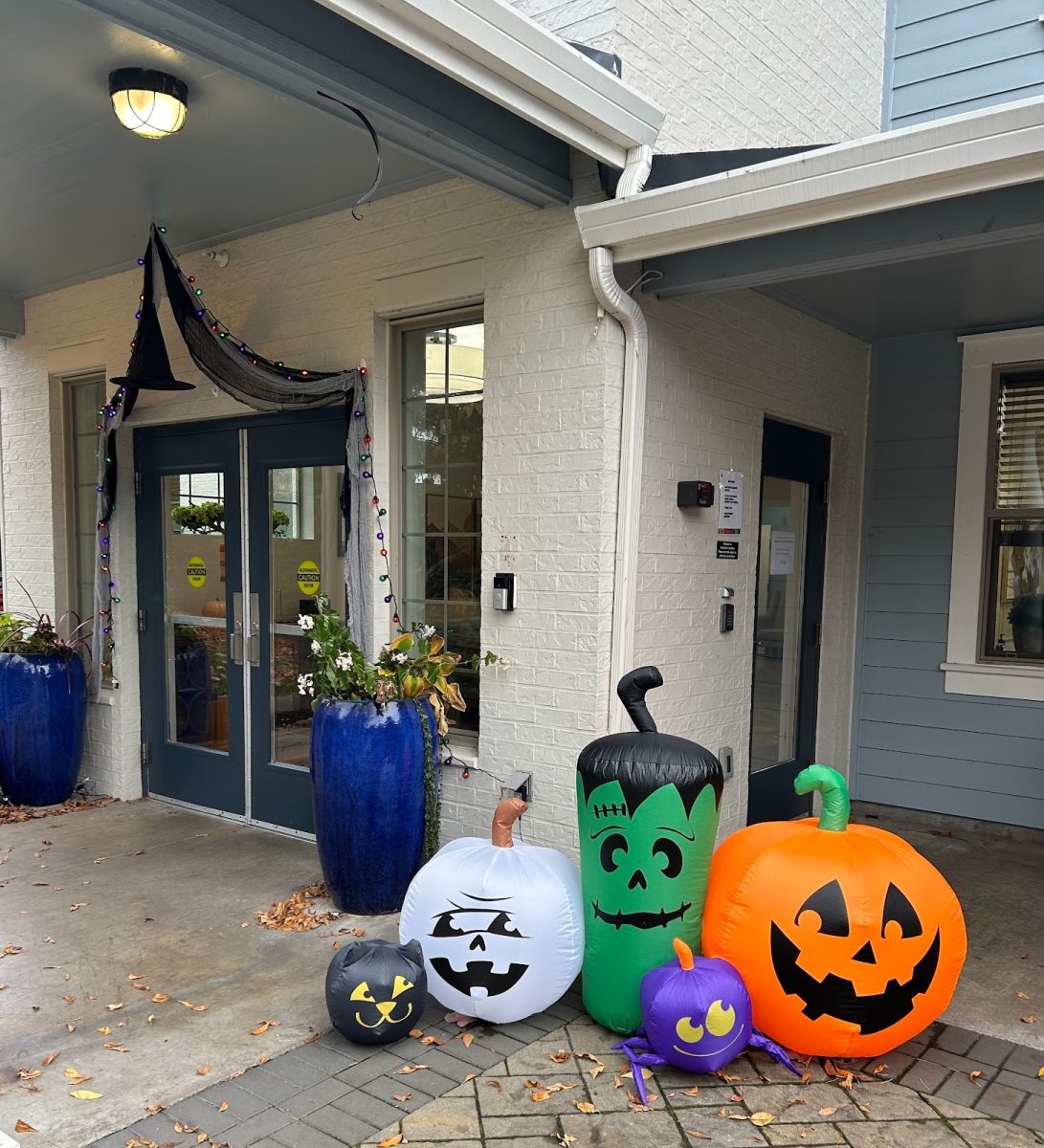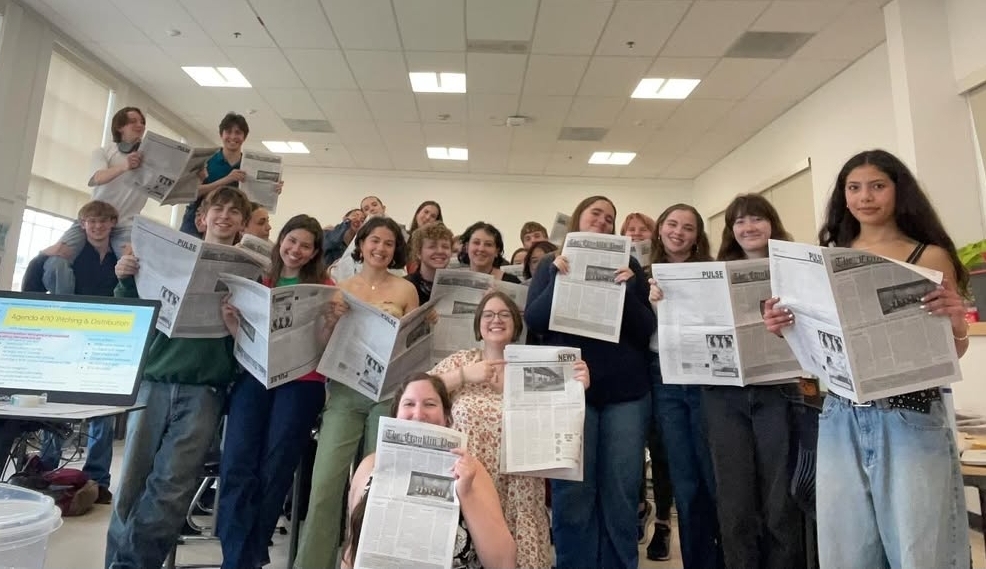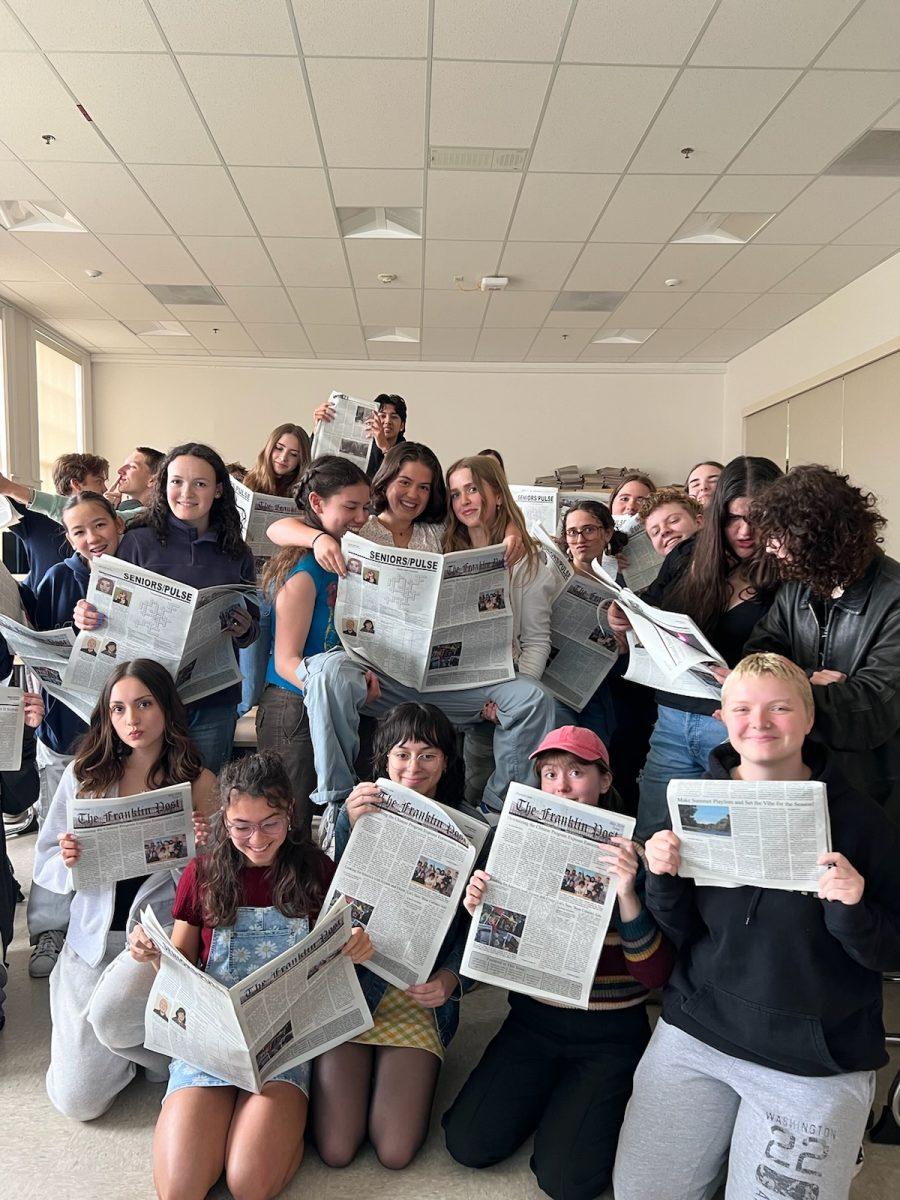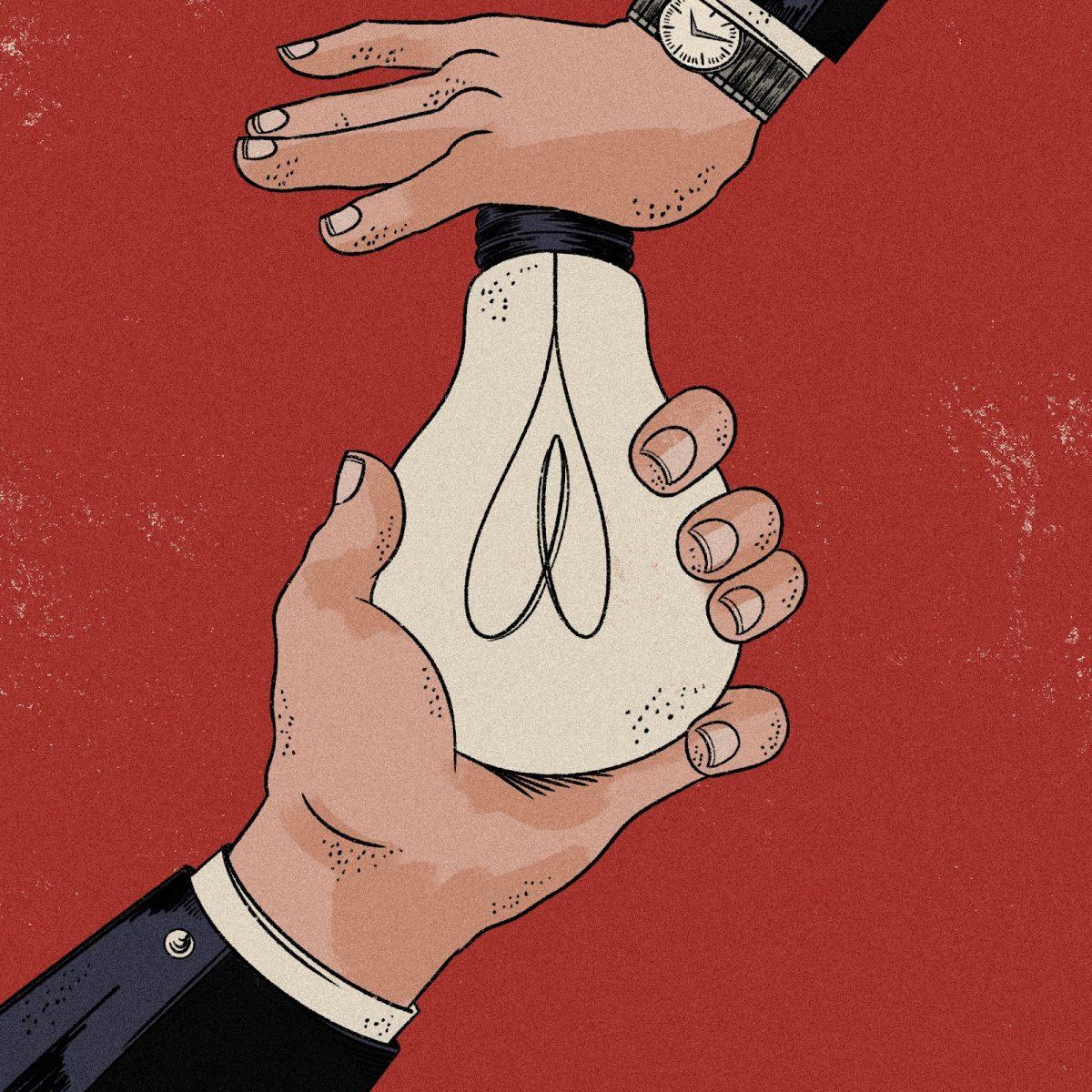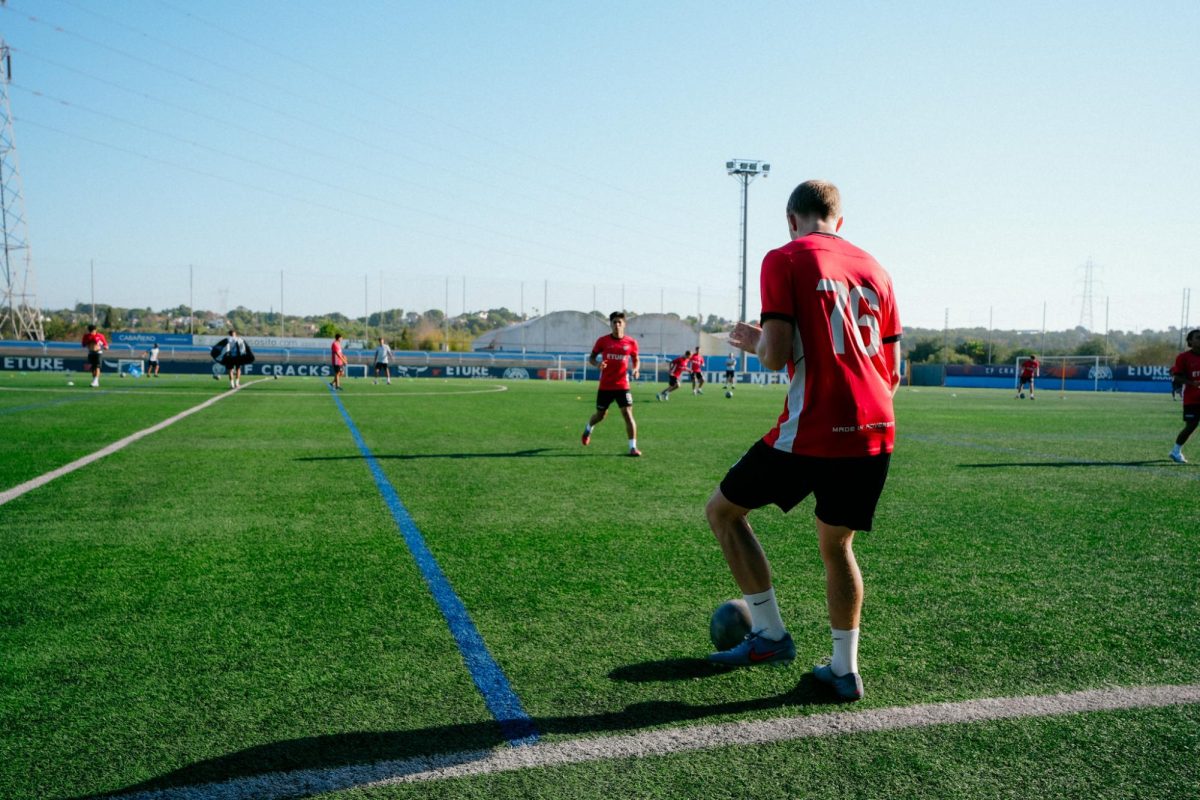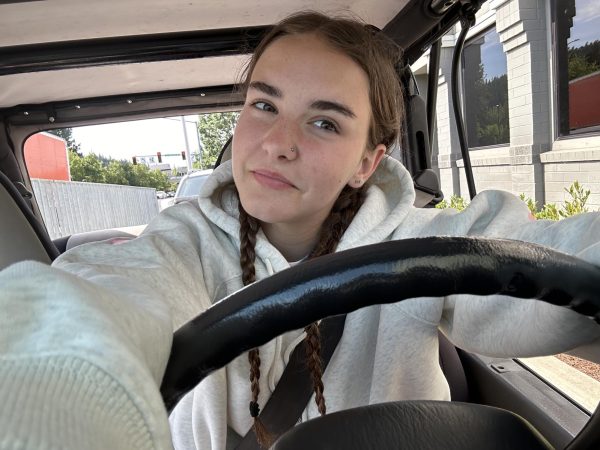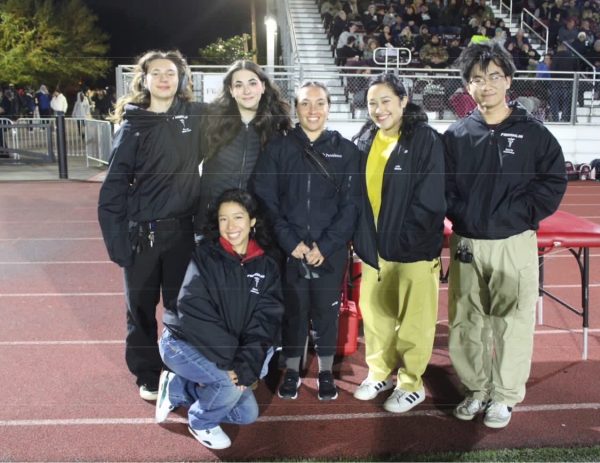
In all sports at any level, there is always a risk of injury. A wrong move, a harsh tackle, or a hard fall can disrupt or end your season. At Franklin, there are numerous student-athletes each year who struggle with injury on a large or small scale. While the road to recovery looks different for each individual, there are a plethora of resources and advice to aid during the healing process.
In the basement of the gym building at Franklin, there is an incredible resource available to injured athletes. Gerilyn Armijo, who is more commonly known as G, is the athletic trainer (AT) here at Franklin. Armijo works for Providence, a not-for-profit faith-based healthcare system, which contracts out to various schools or clubs across Oregon.
Most mornings, Armijo does administrative work, such as documenting incidents in electronic medical records and responding to emails. Once school is out, “I handle as many injuries as I can before respective practices,” Armijo explains. Oftentimes, students see the AT to get kinesiology tape put on for practices or games, and Armijo remains at Franklin on standby for practices in case someone gets injured.
“When I look through my electronic medical record reports, from August through October there were a whopping 72 injuries,” Armijo reveals. She clarifies that this number may not be completely accurate as many other injuries were not reported or played down. However, Armijo explains that “most of them were not serious and the majority of them did not require missing practice and [of] those that did, only a few practices or games were missed.” This is largely due to the fact that each athlete’s motivation level to come back from injury is different, but many try to resume playing with little to no delay.
This is incredibly true for I.J. Marsh, a senior at Franklin who is on both the football and wrestling teams. Throughout his high school career, Marsh has sprained both his ankles, been concussed several times, and tore a muscle in his back during the football season of his sophomore year. Despite these injuries, “I [only] had to miss one game this year because of [a] sprained ankle but other than that I haven’t missed any other games or meets due to injury,” Marsh explains.
Marsh reveals that his mindset was an important factor when recovering from his injuries: “I had the mentality every day that if I do my exercises and work hard I will be able to play.” He credits this mentality to allowing him to recover quickly, along with the support of his teammates and coaches. Marsh also believes that “Our trainer is your best resource and [you should] take what she says and gives you because it works.” Marsh trusts Armijo’s expertise and stresses the importance of listening to her advice and implementing it. Finally, he shared some advice for other high school athletes dealing with injuries, saying, “Putting in the hard work and time to recover really pays off and don’t take it for granted.”
Since there are so many sports during each season and only one AT at Franklin, Armijo determines which games she attends using a triage matrix. “The triage matrix takes many things into account such as risk level, outdoor sport vs. indoor sport, level of contact, weather, and other things,” Armijo shares. Due to the high-risk nature of football, Armijo often finds the football games at the top of her priority list, but she does her best to get to everyone.
Nonetheless, Armijo believes that “it’s just not reasonable to have one medical professional for a school that has more than 900 student-athletes.” While she tries to attend everything, having only one AT makes it impossible to help every athlete or attend each game.
Along with working for Providence, Armijo also works at Providence Park as a member of the Portland Thorns medical team. In working with high school and professional athletes alike, Armijo’s biggest advice is that movement heals. “Movement is the way to promote blood flow to the injured area and blood flow brings oxygen and oxygen brings healing. Even after a season-ending injury, that is the first thing we teach the athlete to do,” Armijo explains.
She also encourages athletes to do physical therapy (PT) whenever possible. “When an athlete does PT, they have the chance at returning to their sport even better than before and they can have longevity in their athletic careers,” says Armijo. Due to there being roughly 400 student-athletes in a single season at Franklin, Armijo can’t provide PT for every athlete. That’s why Armijo only does PT with a limited number of athletes at Franklin who are dedicated to doing it daily and following her instructions.
Senior Kater Shaver has been playing soccer since she was 7 years old and tennis since her freshman year. She describes her experience with high school sports as “an exciting journey left unfinished.” On Sept. 12, during the fourth game of the women’s soccer season against West Linn High School, Shaver tore her anterior cruciate ligament (ACL), which cut her senior soccer season short. She recently got surgery and has now begun the long road to recovery.
“When I first got the MRI results back and heard that I would be out for the season I was devastated; soccer is everything to me and I just wanted to play and help my team,” Shaver explains. As a captain of the varsity women’s soccer team, she tried to do all she could to help her team succeed from the bench. This included giving pregame pep talks, showing up for each practice and game, as well as setting up cones or collecting balls for her teammates.
“It was a rough season for my team this year, so watching your team lose you feel so helpless on the bench knowing the impact you could make if you were out there on the field. In my experience it never got easier to watch; the heartache only got worse but in the end I know I will be stronger for it,” Shaver goes on to say. Throughout the difficult season, Shaver was constantly supported by Armijo, her coaches, her friends, and teammates, as well as her sister, Mallory. She went on to describe, “Mallory, a sophomore at Franklin, has been the biggest help to me and I love and appreciate her more than anyone. I think she is one of the only people who truly understands how hard this has been, and how hard life without soccer is for me.”
“My goal is to come back strong and be able to play again, and although it is a long recovery, my hope is to return back to soccer and work back to being the player I was and improve my game,” Shaver explains. After a difficult end to her season and high school soccer career, Shaver offers her advice to “Stay close with [your] team, they will support you. Don’t give up, focus on recovery and goals. Never forget the lessons you learned while being injured, they will help you along the way.”
